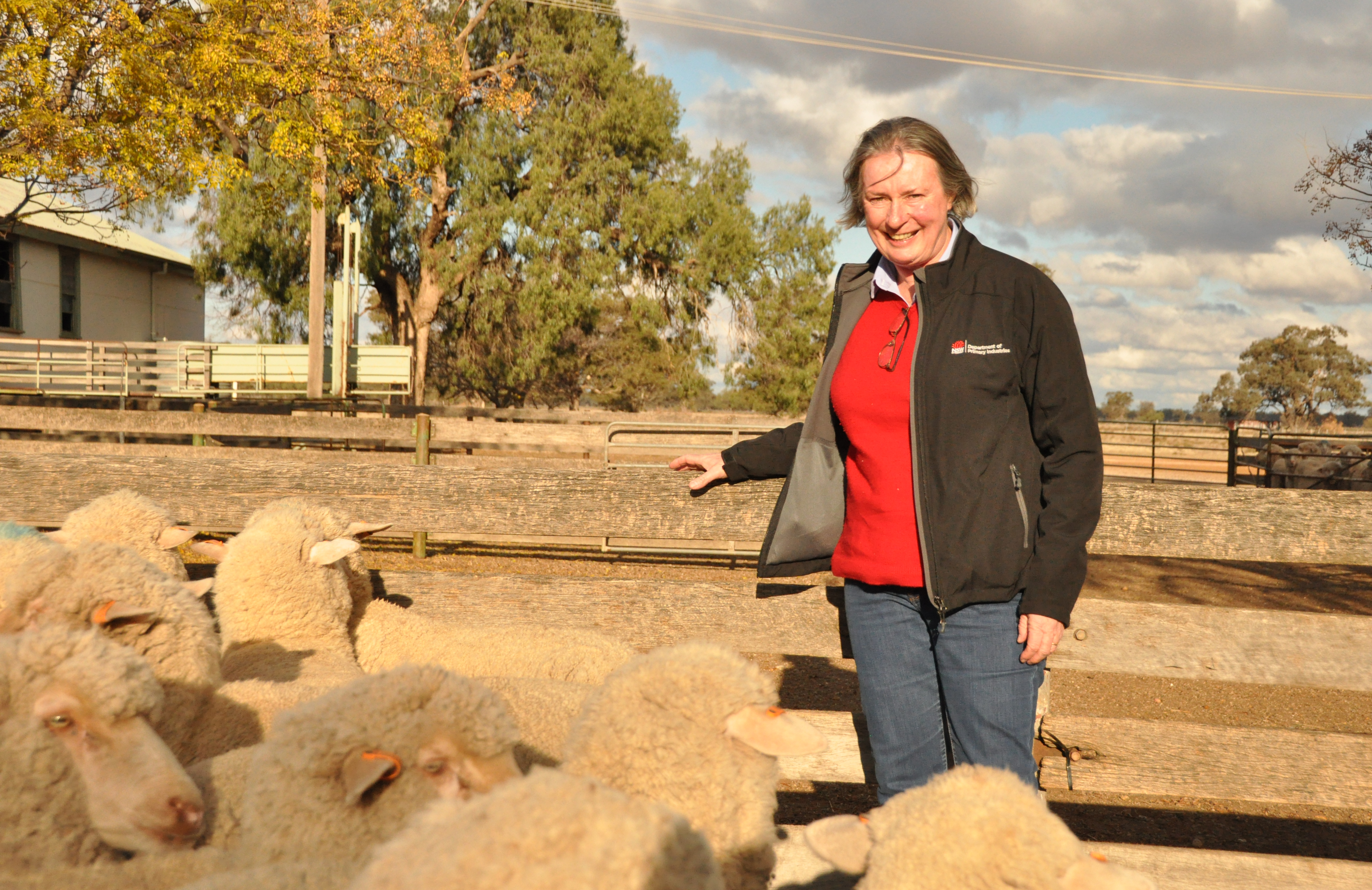
From the catwalk to dinner tables, the Merino has proved to be a flexible breed and new research has confirmed its versatility can be boosted to improve both wool and meat traits.
NSW Department of Primary Industries (DPI) sheep genetics researcher, Sue Mortimer, said breeders can improve Merino meat traits through selection.
“Merino breeders have always focussed on improving wool production and quality in response to market demand and now some breeders are keen to boost production by emphasising improved meat traits,” Dr Mortimer said.
“Breeders are responding to consumer preferences for premium quality lambs cuts, which deliver value for money.
“Heritability estimates show traits, including intramuscular fat, meat pH and iron content, can be selected in breeding programs.
“Merino breeding programs using Australian Sheep Breeding Values (ASBV), appropriate selection indexes and breeding objectives should allow both wool production and meat quality improvements.”
The key to developing effective dual-purpose breeding programs, targeting meat and wool, is understanding the genetic relationships between those two trait sets, reproduction and disease resistance traits.
Recent research generated through the Sheep CRC Information Nucleus program has developed the first estimates of genetic correlations between wool production and quality traits with Merino meat traits.
To date, the improvement could be more rapid in traits such as intra-muscular fat, meat pH, and iron content, and additional studies are being conducted to increase the accuracy of heritability estimates to verify the responses for meat quality traits in Merinos.
Heritability estimates for some meat quality traits of lower heritability, including tenderness, colour stability and zinc content would be relatively slower to improve through selection.
Tenderness, meat colour and nutritional value have been explored, with research now underway to obtain more accurate estimates of the genetic relationships to allow breeding programs to achieve a balance between improving productivity and quality.
This research aims to ensure any unfavourable relationships are suitably considered when designing breeding programs.








